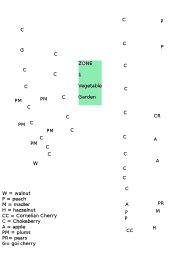
 2
2




I also write a blog (in Spanish) about urban cycling @ https://medebici.blogspot.com




I also write a blog (in Spanish) about urban cycling @ https://medebici.blogspot.com
 1
1





I also write a blog (in Spanish) about urban cycling @ https://medebici.blogspot.com
 1
1




![Filename: GetMap.jpeg
Description: This is a satellite view of the site. You can see the site clearly outlined in the center, with a more or less trapezoidal form. [Thumbnail for GetMap.jpeg]](/t/46530/a/27792/GetMap.jpeg)
I also write a blog (in Spanish) about urban cycling @ https://medebici.blogspot.com








I also write a blog (in Spanish) about urban cycling @ https://medebici.blogspot.com
 1
1




I also write a blog (in Spanish) about urban cycling @ https://medebici.blogspot.com
 1
1








I also write a blog (in Spanish) about urban cycling @ https://medebici.blogspot.com




I also write a blog (in Spanish) about urban cycling @ https://medebici.blogspot.com
 1
1




'What we do now echoes in eternity.' Marcus Aurelius
How Permies Works Dr. Redhawk's Epic Soil Series




I also write a blog (in Spanish) about urban cycling @ https://medebici.blogspot.com




I also write a blog (in Spanish) about urban cycling @ https://medebici.blogspot.com






I also write a blog (in Spanish) about urban cycling @ https://medebici.blogspot.com
 1
1




I also write a blog (in Spanish) about urban cycling @ https://medebici.blogspot.com




Joylynn Hardesty wrote:The plant structure suggests boneset to me, though it is not common boneset, maybe late flowering boneset? Or a cousin? Check here http://www.illinoiswildflowers.info/prairie/plantx/late_bonesetx.htm
I also write a blog (in Spanish) about urban cycling @ https://medebici.blogspot.com




I also write a blog (in Spanish) about urban cycling @ https://medebici.blogspot.com




I also write a blog (in Spanish) about urban cycling @ https://medebici.blogspot.com




I also write a blog (in Spanish) about urban cycling @ https://medebici.blogspot.com
 1
1




 ) with the intention of observing during this early hour, something that I've wanted to do for a while.
) with the intention of observing during this early hour, something that I've wanted to do for a while.
![Filename: mimosa-debilis-nodules.png
Description: [Thumbnail for mimosa-debilis-nodules.png]](/t/46530/a/34925/mimosa-debilis-nodules.png)
I also write a blog (in Spanish) about urban cycling @ https://medebici.blogspot.com




I also write a blog (in Spanish) about urban cycling @ https://medebici.blogspot.com




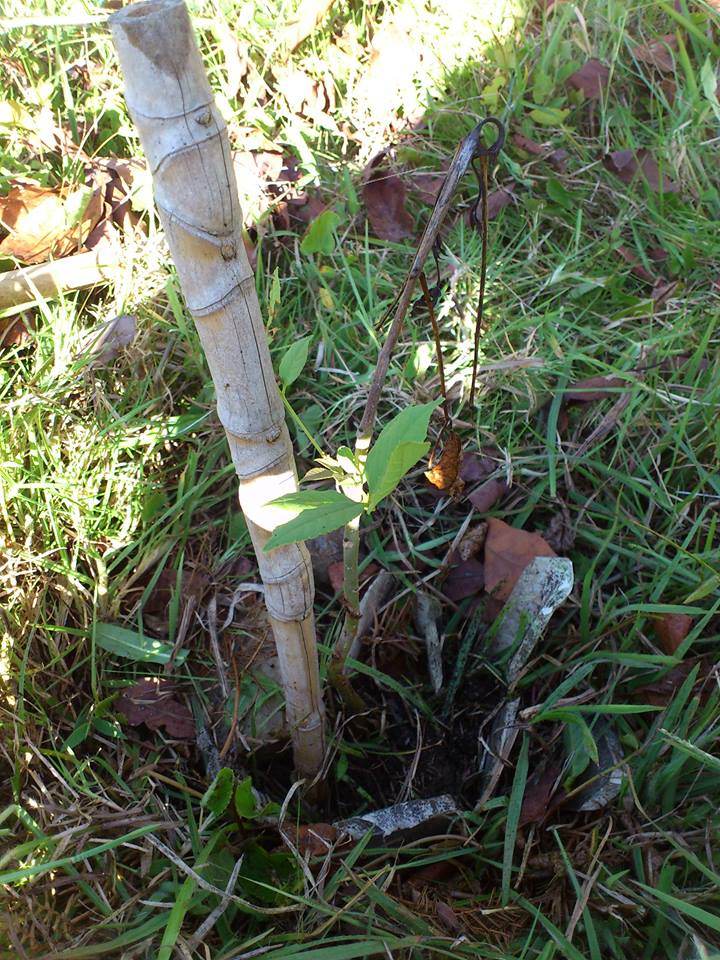
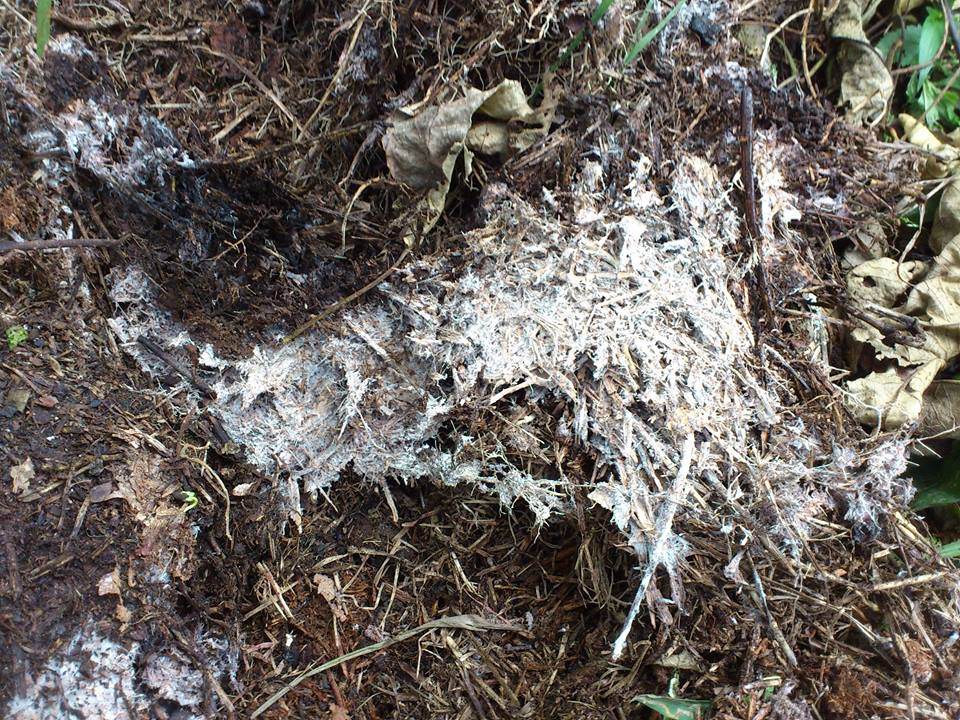
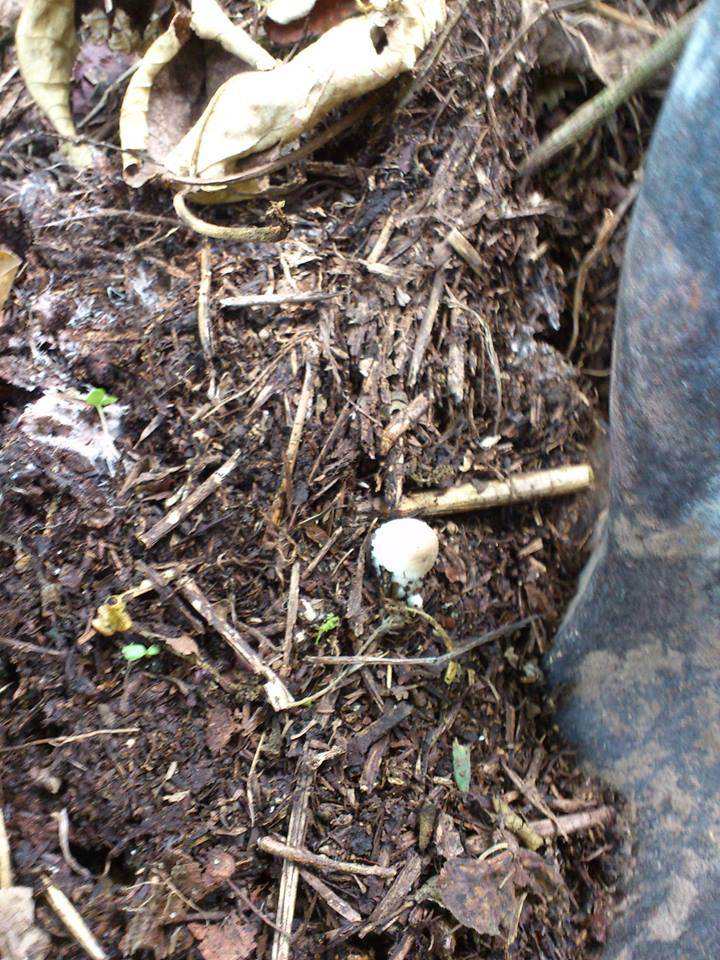
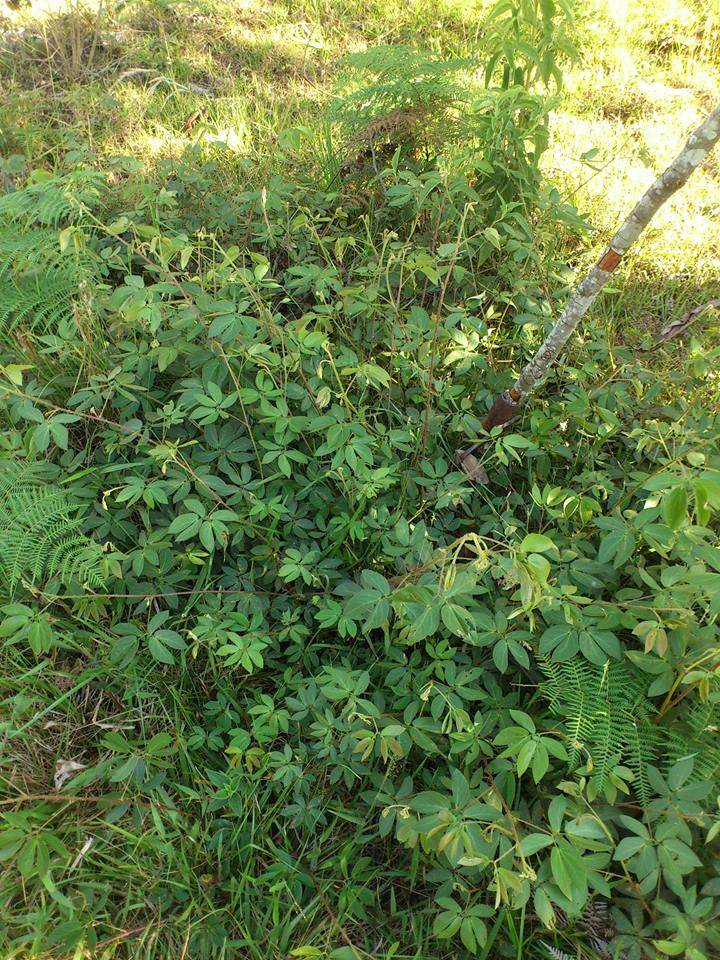
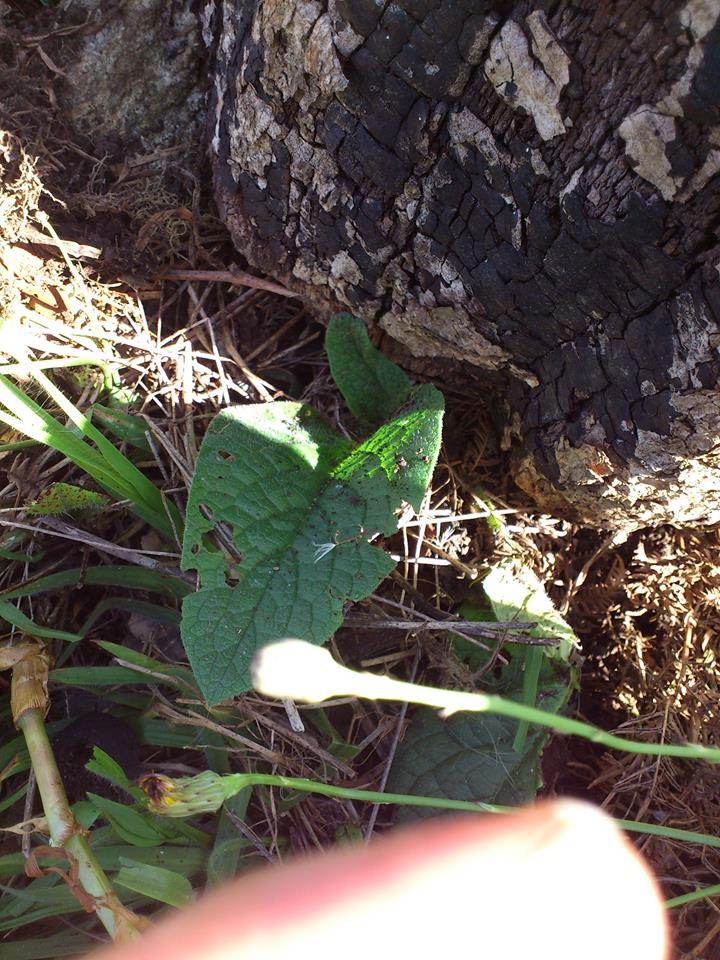
I also write a blog (in Spanish) about urban cycling @ https://medebici.blogspot.com




I also write a blog (in Spanish) about urban cycling @ https://medebici.blogspot.com
 2
2




 . In some parts they mostly keep at ground level, but in some parts they have grown over 1 m tall and have blocked the access to some wild raspberry plants that I like to visit for an occasional treat, so I decided it was time for them to become mulch. I took my machete and went on a chop and drop mission, not really mulching anything, just chopping and letting them drop in place because it's not really enjoyable to move thorny canes anywhere (maybe enough will gather in place to start a hugel bed in the future). I didn't plan on planting anything there yet, but should probably scatter some seeds or plant some trees in place next time, I'm sure they will grow back and I should plant something to outcompete them, I just don't know what yet.
. In some parts they mostly keep at ground level, but in some parts they have grown over 1 m tall and have blocked the access to some wild raspberry plants that I like to visit for an occasional treat, so I decided it was time for them to become mulch. I took my machete and went on a chop and drop mission, not really mulching anything, just chopping and letting them drop in place because it's not really enjoyable to move thorny canes anywhere (maybe enough will gather in place to start a hugel bed in the future). I didn't plan on planting anything there yet, but should probably scatter some seeds or plant some trees in place next time, I'm sure they will grow back and I should plant something to outcompete them, I just don't know what yet.

I also write a blog (in Spanish) about urban cycling @ https://medebici.blogspot.com




I also write a blog (in Spanish) about urban cycling @ https://medebici.blogspot.com

|
There's a hole in the bucket, dear Liza, dear Liza, a hole in the bucket, dear liza, a tiny ad:
2024 Permaculture Adventure Bundle (now a special for october 2025)
https://permies.com/w/bundle
|


